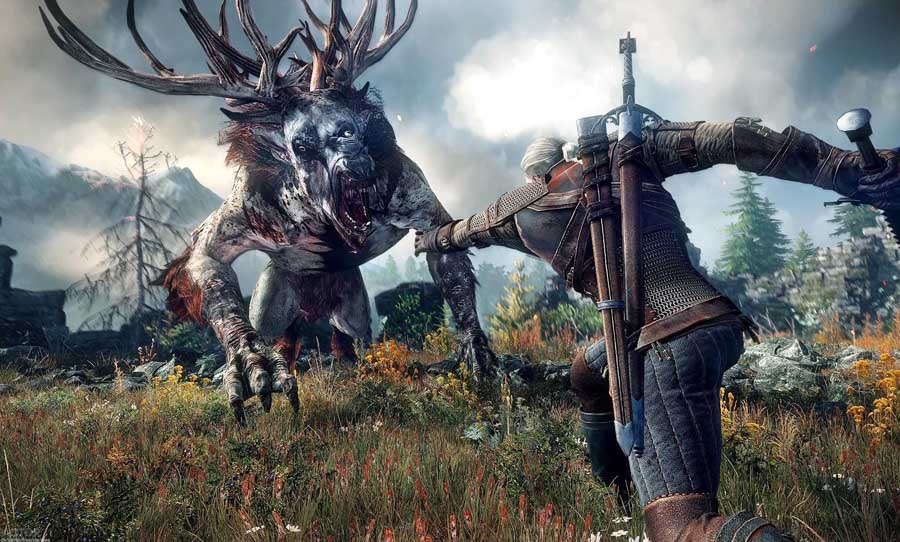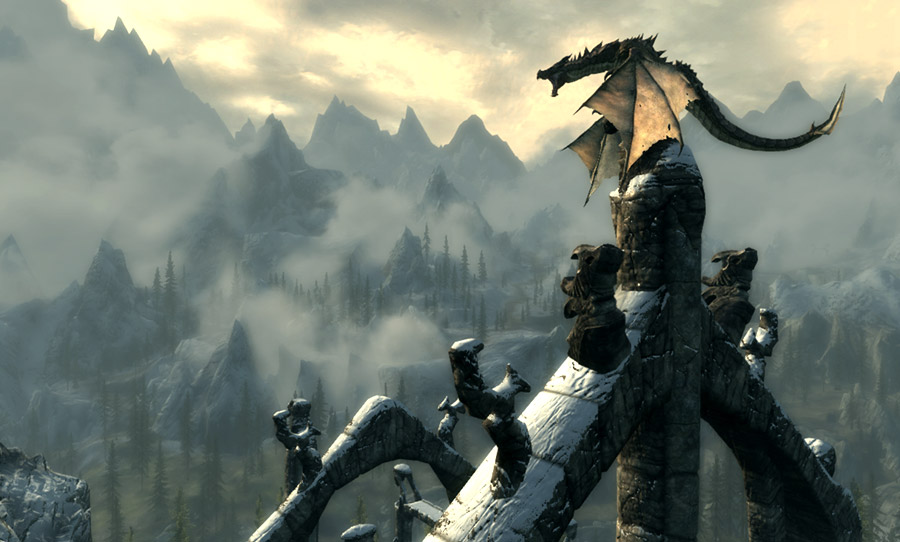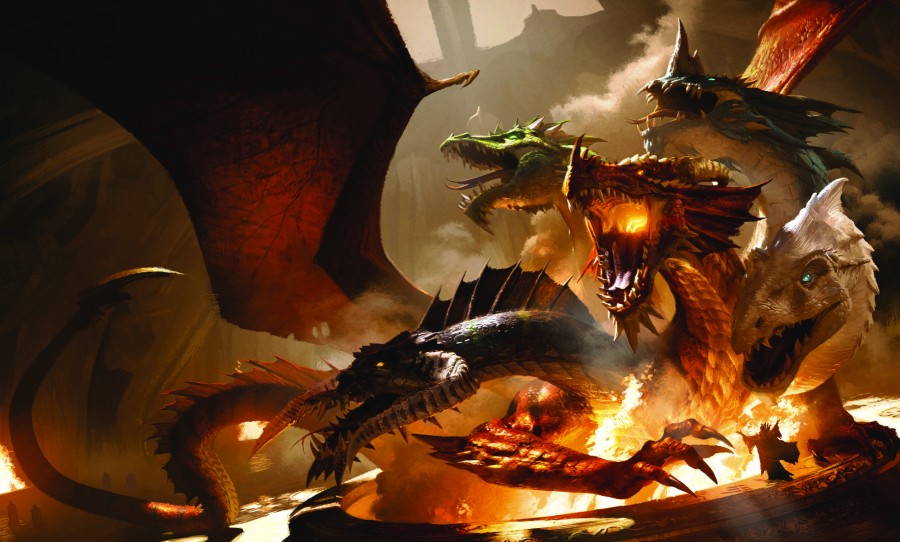The tools with which a video game can hook a player are limited, yet profound. Story, of course, is elemental. Sound obviously plays a massive role in creating a sense of immersion. Graphics have to be able to convey information plus carry the player away to a fantasy realm.
It’s no small feat, especially considering that the graphical information is stored within the bounds of the screen: inherently an artificial construct. How are you supposed to lose yourself in a game when you can see the banal evidence of your everyday life outside those borders?
And yet, graphics routinely suck us in, completely absorbing us in a world that we can participate in and simultaneously control. As the hardware that makes games possible has evolved, the power of graphics has also increased. So let’s take a look back at the milestones in video games graphics and marvel at the competitors who are developing ever more powerful engines to sate our desire for realism.
Graphics have been the cornerstone of the phenomenon of video games. Let’s take a look at some of these giant leaps forward in the field and ask how they became so good.
Hard limits
Video games and digital technology evolved side-by-side. In the early days of microprocessors, power was on short supply. Being at the cutting edge, these primitive components were also very expensive. So in this experimental new world, game creators had to cut down on resources wherever possible. Therefore, some of the earliest examples of video games used text-based.
Beyond just words on a screen, a popular technique for developing game graphics in the early days was with the use of vectors: shapes that are created by mathematical equations. These games used a vector graphics display and were popular for a time in the late ’70s and early ’80s—the golden age of arcade machines. These games had a stylish look, which facilitated smooth movement in games like Asteroids.
Rastered images are much more familiar to us. Displays were swept line-by-line, which would reveal the pixelated objects. This style of image rendering was much more versatile for game designers, who were building more complex games, as the industry became more commercially viable. Pixel-based games would go onto dominate the ’80s.
With this standard established, game creators would need to work on other visual elements to increase immersion. Games with scrolling backgrounds were a significant development, enhancing the sense of movement and fluidity in a game and essentially expanding the player’s world.
Compare Pac-Man to Defender, for example. In the former, the whole game was revealed to the player at once, in one screen, which offered no unknown areas to explore. But with Defender, the player flies through space on a sideways scrolling background, with new dangers being revealed a fast rate. This technique would inform the classic platformers that would emerge later in the decade.
A new platform
Starting with Super Mario Bros. platformers would make the most of improving computing power. 16-bit consoles like the Sega Mega Drive powered the adventures of Sonic the Hedgehog—each frame presenting a complex artwork with techniques like parallax scrolling. This is where background layers would scroll at different rates, making the eye believe there was more depth beyond the two dimensions on offer.
In the ’90s, the power available to game developers was minuscule compared to what they enjoy today, but experiments in 3D weren’t off the table. By utilising polygons to create the illusion of volume, games could at least peek into a 3D world, without overtaxing resources. With the arrival of DOOM, however, games were able to take on a new atmosphere. At last, players were fully immersed and in control of the experience. The first-person shooter was born.
Platformers, however, weren’t completely left behind in this new paradigm. In the mid-’90s, Sony entered the console wars with Play Station. The Nintendo 64 answered the challenge, bringing Mario back to life in glorious 3D.
The 3D revolution was also powered by dedicated graphics processing units. No longer were all gaming resources using the same chipset and this supercharged ability to render realistic graphic spawned a host of new FPS.
While graphical power isn’t unlimited, there’s a diversity of graphical styles available to players nowadays. With consoles and PCs offering a plethora of distinct titles that emerge from AAA firms and indie devs, technology has improved so much and reduced exponentially in cost—to the point that most gamers can attain cutting edge graphics without breaking the bank.
FPS and RPG games may still grab the headlines, but there are a host of developers pushing the envelope in the field of games graphics across all kinds of genres, for more platforms than ever. With next-gen consoles on the horizon, things are only going to get even more interesting.


